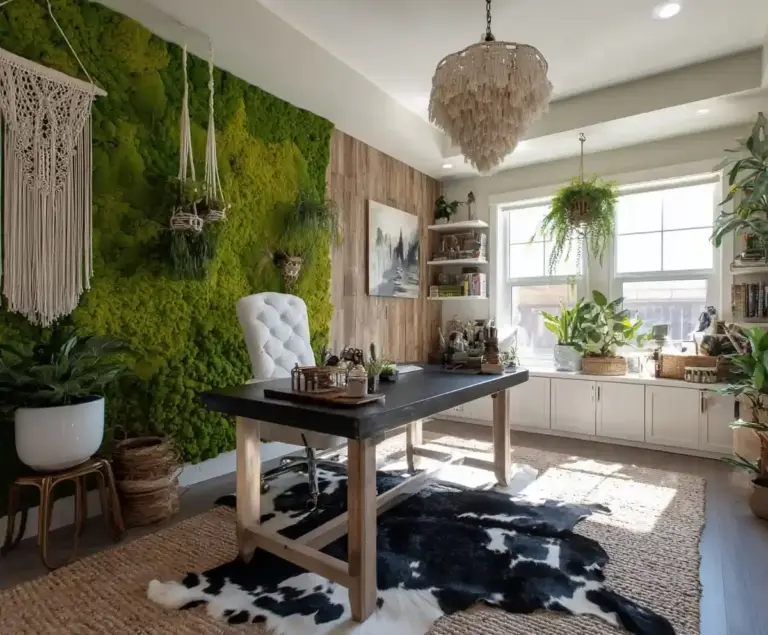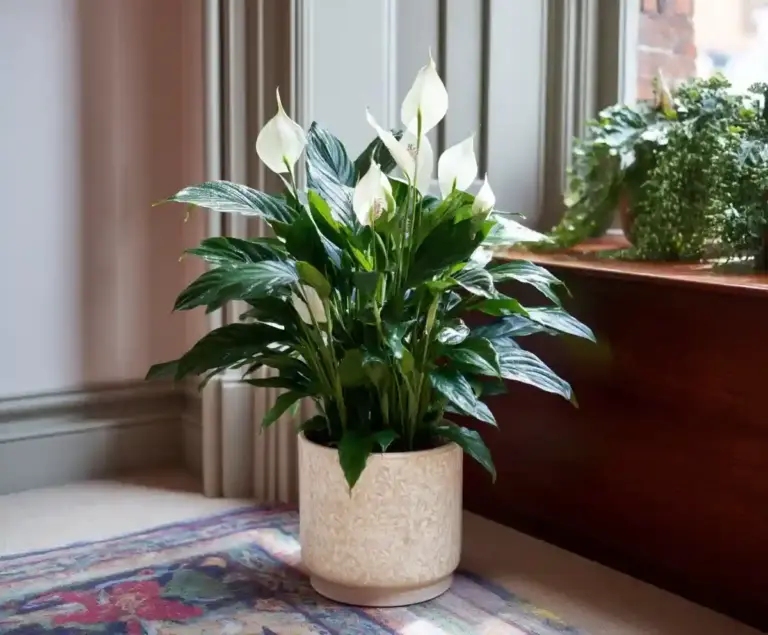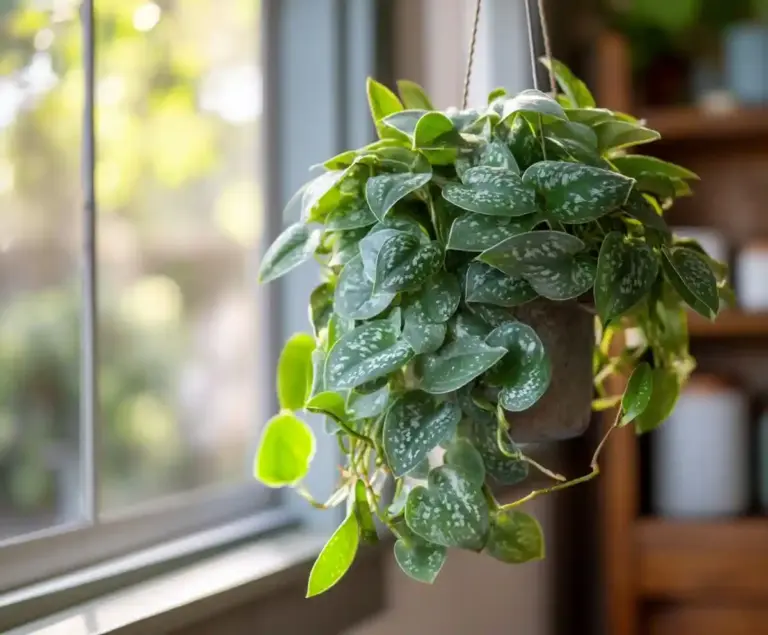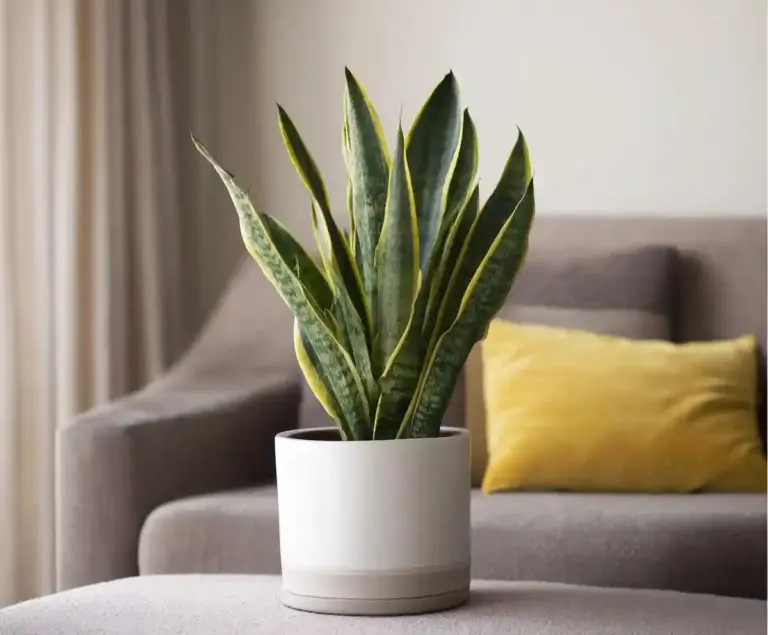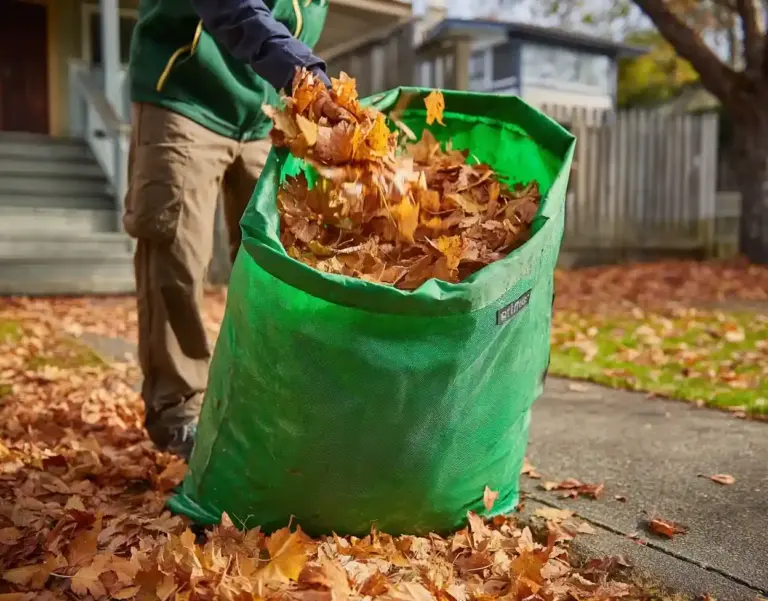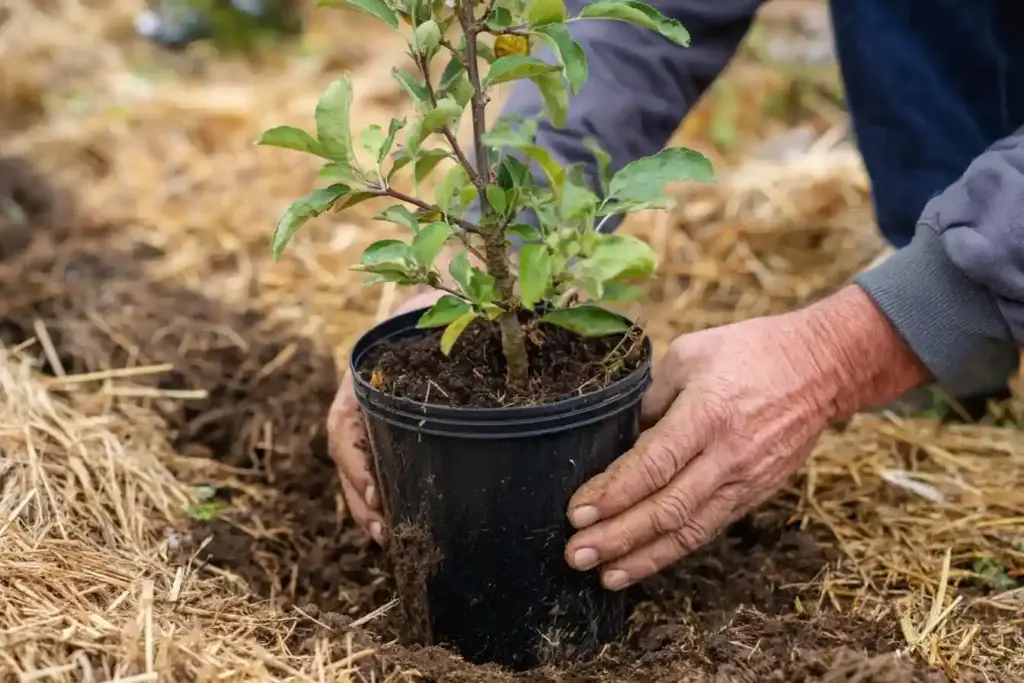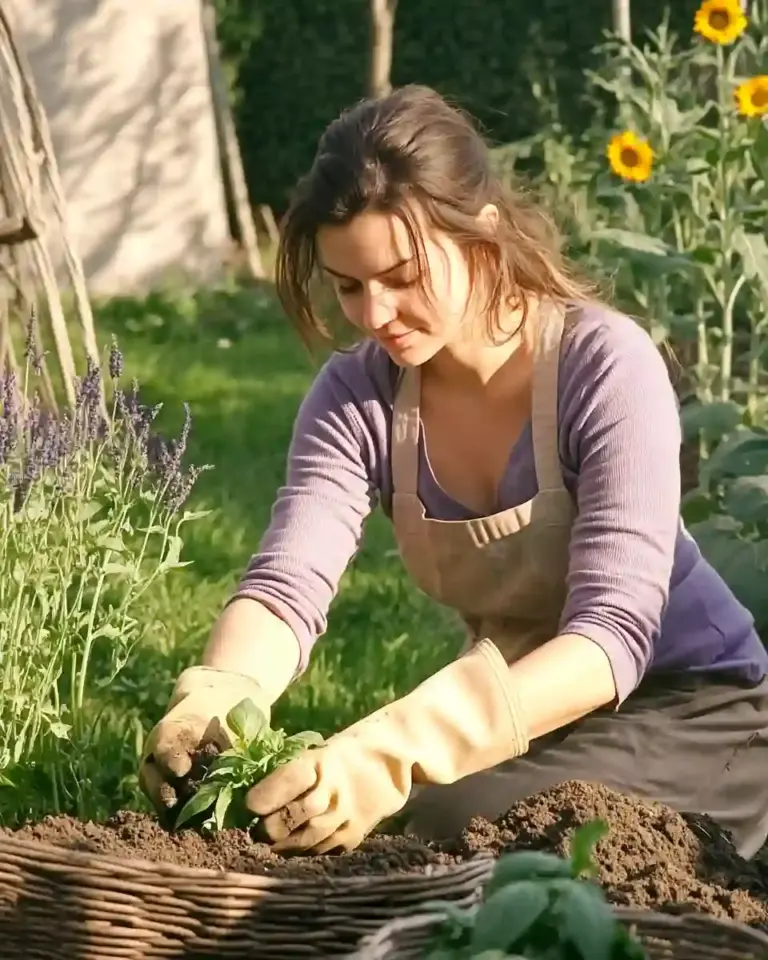Winterize potted plants before the first frost hits, and you’ll give your garden’s most vulnerable containers a fighting chance to survive the cold. While it’s easy to assume that perennials in pots will tough it out like those in the ground, container plants actually face harsher conditions. Their exposed roots are more likely to freeze, crack, or dry out during the winter months.
But with a bit of planning and the right techniques, you can keep your favorite potted plants safe and healthy until spring. Whether they stay outside, get buried, or come indoors, this guide will help you winterize potted plants the right way—based on your climate, plant type, and available space.
Table of Contents
When to Winterize Potted Plants
Timing is everything when you’re preparing to winterize potted plants. Start too early, and you may interrupt their natural seasonal rhythm. Start too late, and you risk frost damage—especially to roots, which are far more exposed in containers than in-ground plants.
Know Your First Frost Date
Begin your winterizing steps about a week before your area’s average first frost date. This gives your plants time to adjust without being shocked by sudden cold snaps. You can find this date using your local extension office’s website or by checking online frost date calculators by ZIP code.
Understand Your Plants’ Cold Tolerance
Not all plants respond to the cold in the same way. Some tropicals and tender perennials start suffering when temps dip below 40°F (4°C), while others can tolerate light frosts. Cold-hardy varieties might not need much protection until temperatures drop closer to freezing.
Watch the Weather
Keep an eye on extended forecasts in fall. If an unexpected cold front is approaching, it’s better to act early and protect your plants—even if it means bringing them in temporarily and moving them back out during milder days.
General Rule of Thumb
For container plants to survive outside in winter, they should be rated two USDA hardiness zones colder than your actual zone. For example, if you’re in Zone 6, your potted perennials should be rated for Zone 4 or lower. This extra cushion accounts for the lack of soil insulation in containers.
Before Getting Started
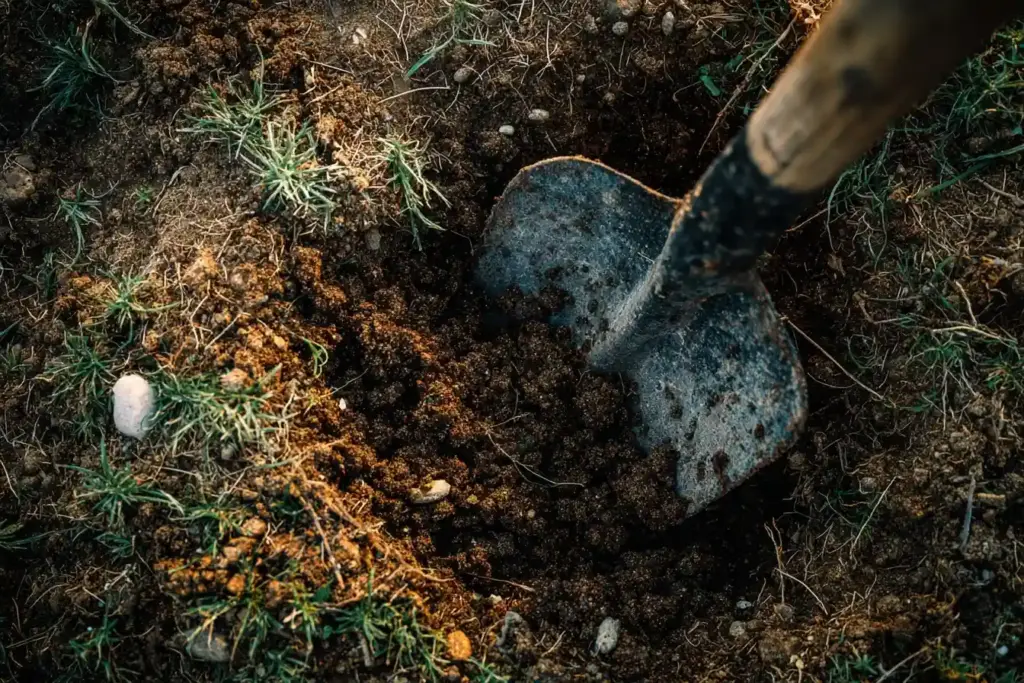
Before you begin the process to winterize potted plants, take a few essential preparatory steps to ensure your efforts are effective. A little planning now can mean the difference between a thriving container garden in spring and a collection of dead roots.
Inspect Your Plants
Check your potted plants for signs of pests, disease, or stress. Remove any dead or damaged foliage and consider trimming back overgrowth if appropriate for the species. Clean, healthy plants will overwinter more successfully and are less likely to attract issues during dormancy.
Evaluate the Pot Material
The type of container your plant is in matters more than most realize. Clay and untreated terracotta pots absorb water and are prone to cracking when temperatures drop below freezing. For overwintering outdoors, opt for frost-resistant materials like:
- Fiberglass
- Heavy-duty plastic
- Glazed ceramic
- Wood or resin composites
If your current container isn’t cold-hardy, it’s best to repot into a more durable option before temperatures plummet.
Check for Drainage
Good drainage is critical. Clogged or missing drainage holes can lead to root rot if water freezes and expands inside the pot. Ensure water can escape freely. If you’re burying or clustering containers, a layer of gravel or bricks underneath can help avoid trapped moisture.
Know Your Plant’s Dormancy Needs
Some plants require a period of winter dormancy to thrive in the next growing season. Others—especially tropicals—need to stay actively growing and should be brought indoors. Understand which category your plant falls into so you can make the best winter care decision.
Burying Potted Plants in the Ground
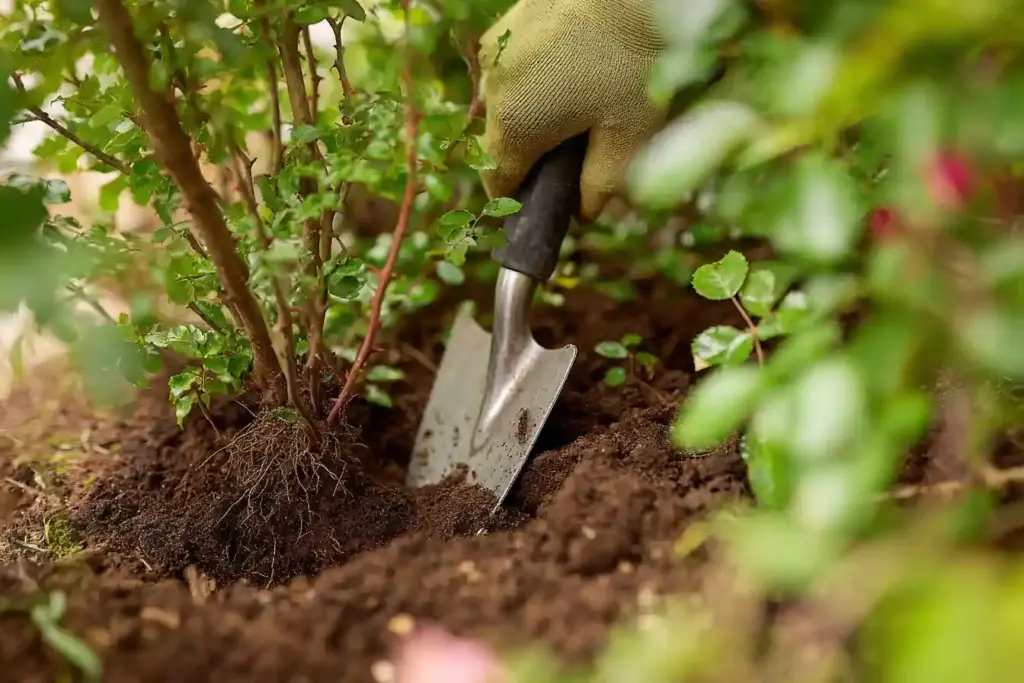
One effective way to winterize potted plants—especially hardy perennials—is to bury the entire container in the ground. This method uses the earth’s natural insulation to protect the plant’s roots from freezing temperatures, while also preventing the pot from cracking due to temperature swings.
Step 1: Choose the Right Location
Pick a sheltered, well-drained area in your yard. Avoid spots that are prone to water pooling or heavy winds. A location near a wall or fence can offer extra protection from the elements.
Step 2: Dig the Hole
Dig a hole just slightly deeper and wider than the pot itself. This allows for a snug fit and enough room to add insulating material. Be sure the pot will sit level with or just below ground level.
Step 3: Add a Gravel Base
Before placing the pot in the hole, pour in a layer of gravel to aid drainage. This prevents water from collecting at the base, which could freeze and damage the roots or crack the container.
Step 4: Insert and Backfill
Lower the pot into the hole and fill the sides with soil, packing it firmly around the container. The rim of the pot should be level with or just below the surface to avoid frost exposure. Mark the location if needed, especially if mulch or snow may obscure it later.
Step 5: Insulate the Surface
Finish by mulching over the top of the buried pot using straw, shredded leaves, or bark mulch. This will buffer the plant from temperature fluctuations and reduce water evaporation. Use the same mulching approach you’d use for similar in-ground plants.
Step 6: Unearth in Spring
As soon as the soil thaws and you see signs of new growth, dig up the container to avoid waterlogging from spring rain. Place it back in its warm-season location once night temperatures remain above freezing.
Sheltering Potted Plants for Winter

If burying isn’t an option, another way to winterize potted plants is by creating protective shelters right where the pots are. This method is ideal for gardeners with limited yard space or for larger containers that are too heavy to move. The key here is minimizing freeze-thaw cycles and shielding plants from wind exposure.
Cluster for Strength
Group several containers together in a sheltered location—like up against the house, garage, or a garden wall. The shared warmth and reduced air circulation can help regulate temperatures. Choose a north- or east-facing spot to avoid harsh afternoon sun, which can cause rapid temperature shifts that stress dormant plants.
Use Natural Windbreaks
Wind can rapidly drop temperatures around your containers. Shield your plants with fences, shrubs, or stacked hay bales. Even a modest wind barrier can reduce exposure and help retain warmth.
Add Insulating Layers
Wrap pots in burlap, frost cloth, or bubble wrap, especially those made of clay or ceramic. For added protection, stuff the spaces between clustered pots with straw, leaves, or pine needles. These materials trap air, acting as natural insulation.
Build a Simple Silo
For more delicate container plants like roses, young shrubs, or ornamental grasses, you can build a silo-like enclosure. Use chicken wire or hardware cloth to create a circular barrier around the pot. Fill it loosely with leaves or straw, then cover the top lightly. If your area experiences extreme cold, wrap the outside with burlap to reduce wind chill while still allowing airflow.
Don’t Overdo the Sun
It may seem logical to place overwintering plants in a sunny spot, but this can be a mistake. Bright winter sun can warm pots during the day, only for them to rapidly freeze at night. That temperature swing is more damaging than steady cold. Stick to partial or dappled shade to reduce stress on your plants.
Moving Potted Plants Indoors for Winter
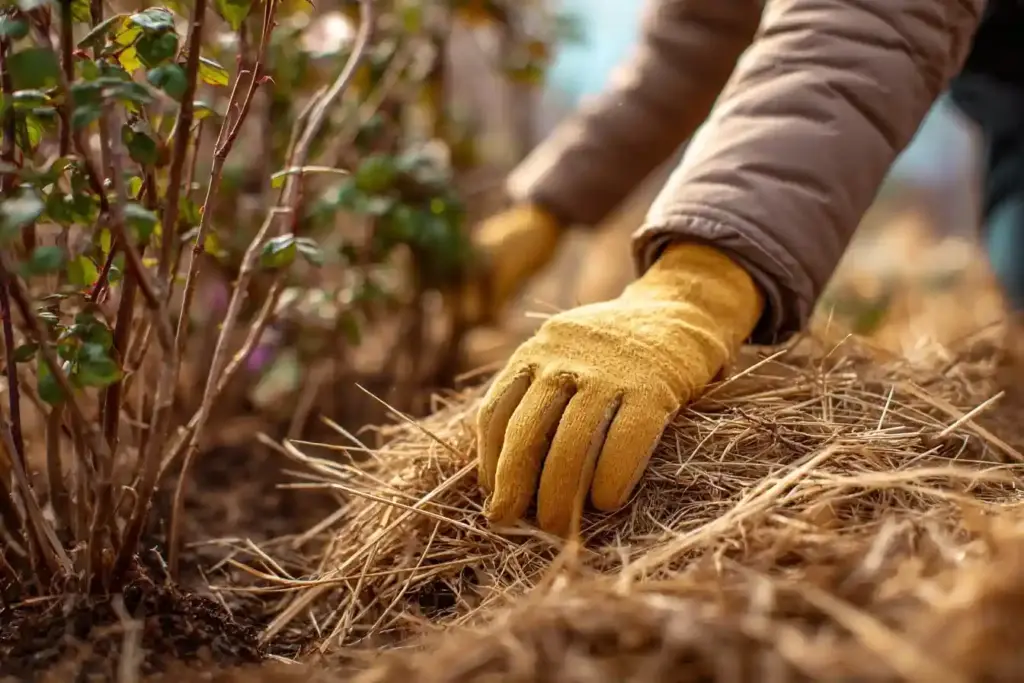
Another highly effective way to winterize potted plants is to bring them indoors—especially if they’re tropical, tender perennials, or houseplant-adaptable species like begonias, ferns, or citrus trees. While this approach offers the most protection from freezing, it does come with its own set of challenges.
Know Which Plants Can Thrive Indoors
Not all plants are suitable for indoor overwintering. The best candidates include:
- Tropical perennials that don’t require dormancy (e.g., hibiscus, mandevilla)
- Evergreen houseplants or patio plants (e.g., palms, ficus, schefflera)
- Potted fruit trees, like lemons and figs, that can tolerate reduced light temporarily
Avoid bringing in plants that require cold dormancy—like peonies or hostas—as they may suffer from poor performance next season without it.
Find a Bright, Cool Spot
Indoor conditions can be tricky in winter. Aim for a location with bright, indirect light and stable temperatures between 50°F and 65°F (10°C–18°C). Ideal spots include:
- Unheated sunrooms
- South-facing windows
- Bright basements or garages with grow lights
Avoid placing plants too close to heat sources like radiators or HVAC vents, which can cause drying and stress.
Adjust Watering and Humidity
Indoor air is often dry in winter, especially in homes with forced-air heating. Use a humidifier or place a tray of water and pebbles near the plants to increase moisture in the air. Water sparingly—overwatering dormant plants can lead to root rot.
Acclimate Gradually
Before moving plants indoors, check for pests like aphids or spider mites and treat them accordingly. Acclimate plants over a few days by gradually reducing light and exposure. This minimizes shock and helps them transition more easily to indoor conditions.
FAQ
How cold is too cold for potted plants?
Most container plants start experiencing stress when temperatures fall below 40°F (4°C), and many will suffer permanent damage below 32°F (0°C). Roots in pots are more exposed to cold than those in the ground, so even hardy plants need extra insulation. Always check the cold hardiness rating of your plants and prepare accordingly.
Can I just cover my potted plants with plastic?
While it’s tempting, plastic alone isn’t ideal. It can trap moisture and lead to mold or freeze damage. If you do use plastic, make sure it doesn’t touch the foliage and pair it with breathable materials like burlap or frost cloth for ventilation. Ideally, use plastic only as an outer layer, not directly against the plant.
What if I don’t have space to bring plants indoors?
If space is tight, cluster your pots together outside in a protected area and insulate with mulch, straw, or bubble wrap. Alternatively, bury them in the ground for the winter or build DIY silos with chicken wire and leaves. These techniques are excellent low-space options to winterize potted plants successfully.
Will all my potted plants survive winter?
Not necessarily. Survival depends on the plant species, pot material, drainage, and level of protection. Tropical and tender perennials are at higher risk unless brought indoors, while cold-hardy perennials can survive outdoors with proper shelter or burial. Even then, extreme weather can impact survival rates.
Do I need to water potted plants during winter?
Yes, but sparingly. Outdoor plants in containers may still need occasional watering during dry spells, especially if they’re sheltered under eaves or overhangs. Indoor overwintered plants need less frequent watering, and only when the top inch of soil feels dry.
Conclusion
Learning how to winterize potted plants isn’t just a smart gardening skill—it’s essential for keeping your container garden alive through the harshest months. Whether you’re burying pots, sheltering them outdoors, or bringing them inside, the right method depends on your plant type, climate, and available space.
By planning ahead, checking your containers, and understanding your plants’ specific needs, you can prevent root damage, frostbite, and unnecessary losses. Come spring, your healthy, well-rested plants will thank you with fresh growth and an early start to the season.
🌿 Love gardening inspiration? Follow me on Pinterest for bold plant ideas, tips, and seasonal color!
More Posts
